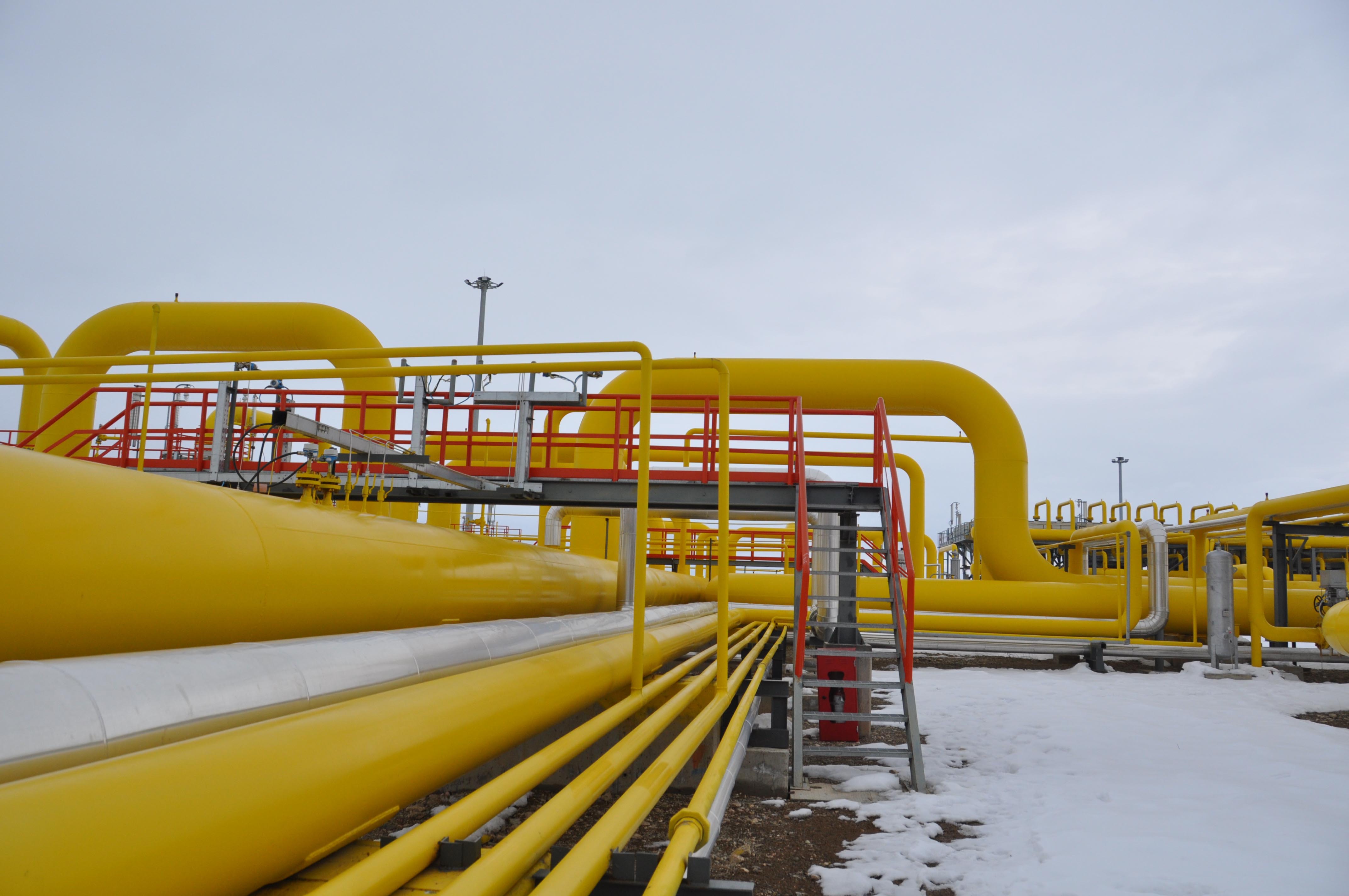Iran is burning off record amounts of natural gas to weather heavy snowfalls and freezing temperatures sweeping across many parts of the country over the past week, the National Iranian Gas Transmission Company said.
“Gas supply through the national network has exceeded 755 million cubic meters per day. This is the highest level of domestic gas distribution on record,” Saeed Tavakkoli was also quoted as saying by Shana on Thursday.
Hundreds of flights were canceled, rail transport was affected, roads and streets were clogged up and many schools were shut this week, as the country was battered by one of its most severe weather conditions in past decade.
Tavakkoli, however, reassured that gas flow for heating homes and feeding power plants continues to remain stable across a vast network of pipelines that stretches over 36,000 kilometers.
“Gas supply and distribution capacity is 800 million cubic meters [per day], some 750 mcm/d of which are now being used up,” he said.
The residential sector is the largest consumer, followed by power plants.
Iran holds the world’s second largest gas reserves after Russia and the clean fossil fuel is its single biggest source of energy.
The country also holds the unenviable title of the world’s fourth largest gas consumer, which reveals the country’s heavy reliance on hydrocarbons and its inadequacy in developing other forms of energy.
According to London-based statistics and research firm Enerdata, Iran consumed about 188 billion cubic meters of gas in 2016, constituting 38% of total gas consumption in the Middle East.
To put that into perspective, China, one of the world’s fastest growing economies with over 17 times the population of Iran and nearly six times its land area, consumed 203 bcm of gas in 2016.
The country produces over 800 mcm/d of gas, most of which come from South Pars, a large offshore gas field in the Persian Gulf shared by Iran and Qatar.
But only a fraction, amounting to 40 mcm/d, is exported to Turkey and Iraq through a pipeline.
Officials say Iran is on pace to boost gas production to 1 billion cubic meters per day by March 2019, roughly the same time that all South Pars phases are planned to be up and running.
The country faced an unexpected gas crisis at the beginning of last year, as Turkmenistan abruptly cut supplies to make Iran pay nine times the price of their gas contract. Iran took in limited amounts of gas from Turkmenistan in the northeast to supply gas to northern regions straddling the Caspian Sea coast.
Officials say if subscribers reduce their home temperature by 2 degrees centigrade, as much as 50 mcm of gas can be saved daily, which is equivalent to the daily gas output of two South Pars phases.


